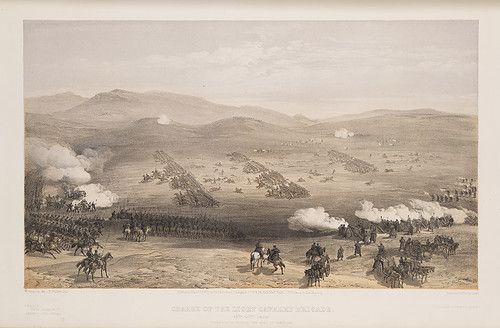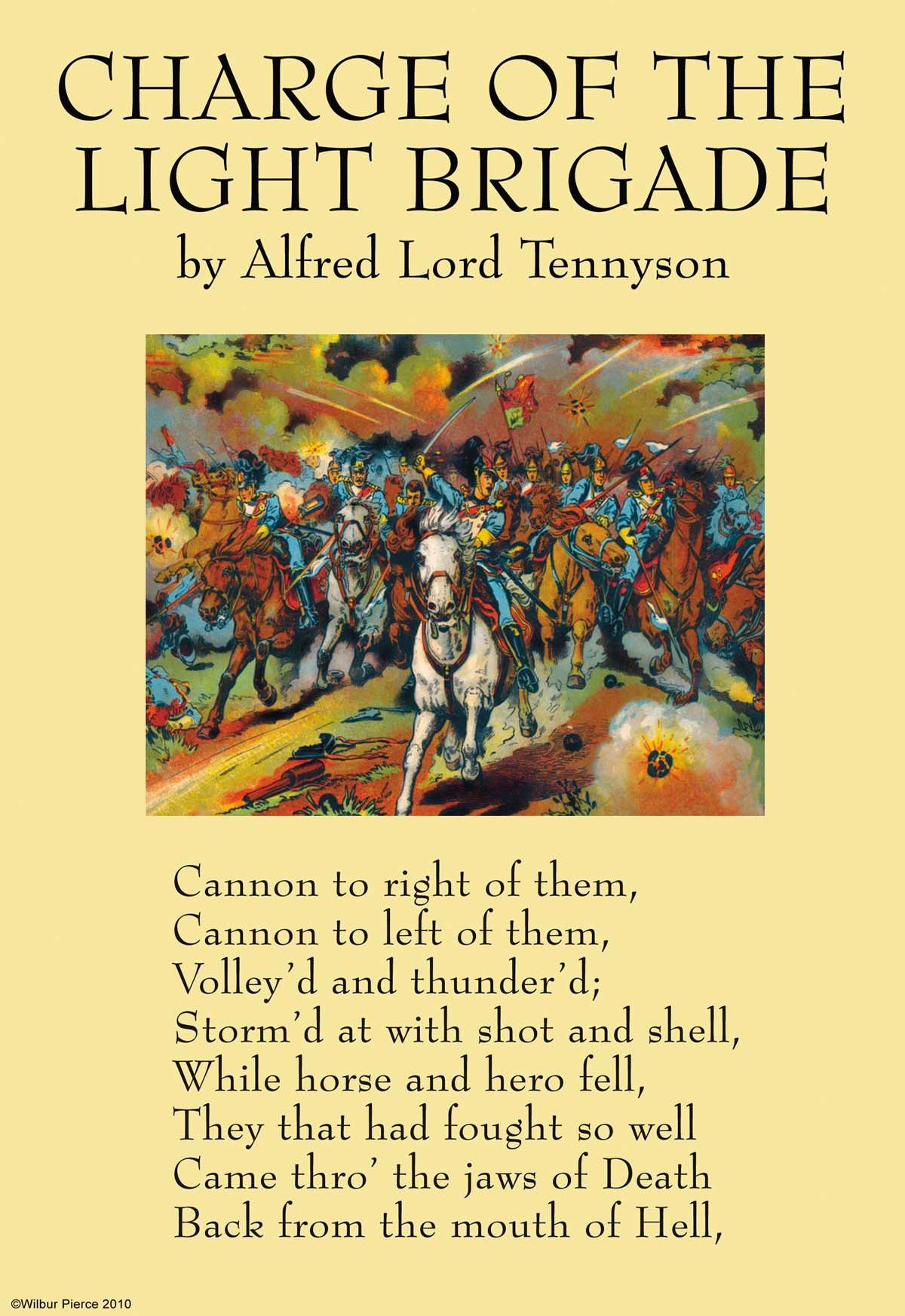
The casualty rate amounted to a staggering forty percent. Those who did not die in the clash formed the long casualty list, with around one hundred and sixty treated for wounds and about one hundred and ten dead in the charge. Witnesses told of blood splattered bodies, missing limbs, brains blown to smithereens and smoke filling the air like a huge volcanic eruption. The horrors that followed would have shocked even the most experienced officer.

The first to fall was Captain Nolan, Raglan’s aide-de-camp. They drew their sabres and began the doomed mile-and-a-quarter-long charge, facing Russian troops who were firing on them from three different directions. Lucan and Cardigan both decided to proceed with the ill-interpreted orders despite expressing some concern, therefore committing around six hundred and seventy members of the Light Brigade into battle. It had also been said that neither character had earned much respect from their men, who were unfortunately obliged to obey their ill-fated commands on that day. Unfortunately for those serving under them, they loathed each other and were barely on speaking terms, a major issue considering the severity of the situation. Those in a position to take responsibility for the decisions included Bingham, the Earl of Lucan as well as his brother-in-law James Brudenell, the Earl of Cardigan who commanded the Light Brigade. A terrible blunder that would cost many lives, including that of Nolan himself. After a little deliberation back and forth, it was decided that they must proceed in the aforementioned direction. The response from Captain Nolan was to gesticulate towards the North Valley instead of the Causeway which was the intended position for attack. This led to a moment of confusion, causing Bingham to ask Raglan’s aide-de-camp just where the cavalry were supposed to attack. However, as far as Earl of Lucan and his men could see, there were no signs of any guns being seized by the Russians. Unfortunately with the breakdown in communication, Raglan frantically issued another command, this time to “advance rapidly to the front”. Instead Bingham and his men held off for around forty five minutes, expecting the infantry to arrive later so they could proceed together. Unfortunately, due to lack of communication or some misunderstanding between Raglan and the commander of the Cavalry, George Bingham, Earl of Lucan, this was not carried out. Lord Raglan had conveyed this message with the expectation of immediate action by the cavalry, with the idea that the infantry would follow.

The command given to the cavalry, made up of Heavy and Light Brigades, was to advance with the infantry. The decision taken by Lord Fitzroy Somerset Raglan who was the British commander-in-chief at Crimea, was to look towards the Causeway Heights, where it was believed the Russians were seizing artillery guns. This decision led to one of the most crucial parts of the battle, now known as the Charge of the Light Brigade. Once the Russian forces had been held off, the Allies decided recover their guns. Nevertheless, the Allies managed to group together and held on to Balaklava. Initially it looked as if a Russian victory was imminent as they gained control of some of the ridges surrounding the port, therefore controlling the Allied guns. On 25th October 1854 the Russian army led by Prince Menshikov launched an assault on the British base at Balaklava. The Allied forces decided to lay siege to the port of Sevastapol.

The focal point of this confrontation was the important strategic naval base of Sevastopol. During the following year the Battle of Balaklava took place, beginning in September when Allied troops arrived in Crimea. The Crimean War was a conflict which broke out in October 1853 between the Russians on one side and an alliance of British, French, Ottoman and Sardinian troops on the other. The calamitous charge was to be remembered for both its bravery and tragedy. The order for the cavalry charge proved catastrophic for the British cavalrymen: a disastrous mistake riddled with misinformation and miscommunication.
#Where did the charge of the light brigade take place series#
The charge against Russian forces was part of the Battle of Balaclava, a conflict making up a much larger series of events known as the Crimean War.

These words were made famous by Alfred Lord Tennyson in his poem, ‘The Charge of the Light Brigade’, and refer to that fateful day on 25th October 1854 when around six hundred men led by Lord Cardigan rode into the unknown.


 0 kommentar(er)
0 kommentar(er)
